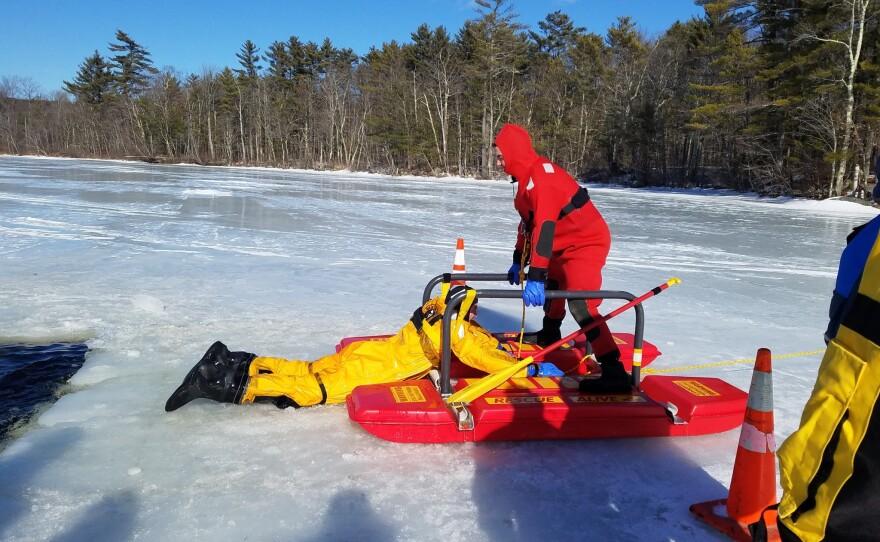Teaching children basic lifesaving skills, such as how to call 911 and administer CPR, can start as young as age 4, the American Heart Association (AHA) and other experts advise in a new scientific statement published on May 17.
With regular training in basic life support at an early age, children can be adept at these actions by middle school.
A 4-year-old who can identify when to call an emergency telephone number becomes a 10-year-old who may begin to perform effective chest compressions, according to the AHA, the International Liaison Committee on Resuscitation (ILCOR), and the European Resuscitation Council.
“This research review aims to prompt clinicians, policymakers, local school officials, and the general public to take action in a cardiac emergency whenever possible.”
Cardiac arrest, the sudden loss of all heart activity due to an irregular heart rhythm, is a leading cause of death worldwide.
“Although young children do not have the strength to perform correct chest compressions, they can learn the basic information about what to do if someone suddenly collapses,” said Dr. Comilla Sasson—a practicing emergency medicine physician and a member of the statement-writing committee, and vice president for health science at the AHA—in an email to CNN.
Survival rates for cardiac arrest outside of a hospital setting range between 2 percent and 20 percent globally. The odds of surviving are particularly low if a bystander doesn’t recognize what’s happening and fails to take action immediately.
“Given that most cardiac arrests outside of a hospital will happen at home, it’s important that all members of the family understand what to do if someone has a cardiac arrest,” Sasson said, according to the AHA statement.
As part of educating children about lifesaving skills, “teach young children how to assess for consciousness and normal breathing,” the scientific statement says.
Various medical groups have long stressed the importance of teaching young children what to do during medical emergencies at home, school, or other settings. In 2018, the American Academy of Pediatrics released a policy statement advocating for training of children, parents, caregivers, school personnel, and the public on basic lifesaving skills as well as the appropriate use of AEDs.
Sasson said the AHA had played a role in getting more than 40 states to require some type of education about cardiac arrest and CPR as a graduation prerequisite for high school students.
“But we know that the more often someone is exposed to this information, using high frequency, spaced learning approaches, the more likely they will be to act in an emergency. The AHA believes that no one is too young or too old to learn about CPR, AEDs, and cardiac arrest,” Sasson told CNN. “We believe that this statement can help us outline for students, parents, teachers, staff, and leadership just how important kids are in saving lives.”




